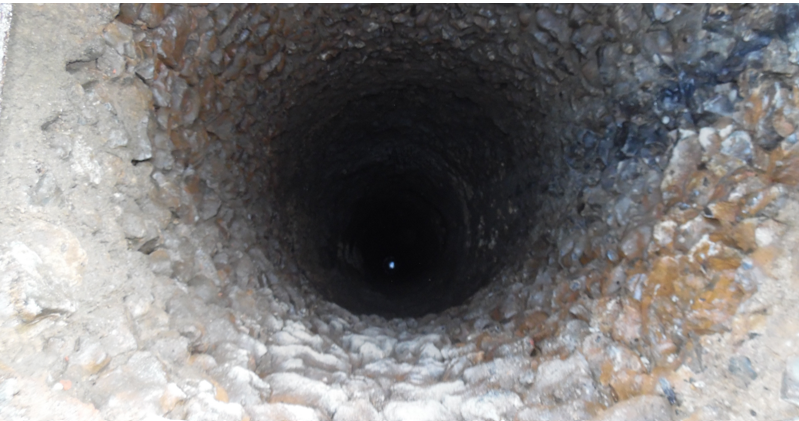Private Wells in Ireland
According to the EPA, 1/5 of Irelands population get their water from private well supplies that works out at nearly 1 million people [1]. These are mostly rural homes with their own wells or group schemes (few homes on one well) who are not connected to water mains. Most of these wells are deep wells and the water is extracted from well below the bedrock usually by pump however some are springs or shallow wells and closer to the surface (only a few meters below the ground) and are also extracted by pump.
Irish Water do not have any role in testing or maintaining the quality of this water. It is up to the home, business owner or group scheme that use the water to maintain and ensure its tested. Water can change in an instant and over time and therefore testing well water on a regular basis is really important. The soil and bedrock acts as a long term natural treatment system for rainwater but this always does not work. When heavy rainfall events such as the ones we are experiencing in Ireland at the moment cause water to run off the surface (collect everything in its path) and go straight through bedrock fractures and cracks down into wells without being treated naturally. This can go noticed and unnoticed. Many private well owners will experience change in the colour of their tap water after these rainfall events which is an indication that the surface water has collected sediment and flown into the well and its also a good indication to stop drinking the water. Sometimes it goes unnoticed however many times I have heard the phrase “there are a few sick tummies in the house” which can sometimes relate to contaminated water. We can’t see, taste or smell bacteria in water – so E. coli, coliforms and clostridia can be present without any sort of sensual signals.
It is always advisable to private well owners to check their water once a year especially for E. coli and coliforms. The allowed limit of bacteria in drinking water is zero. E. coli or coliforms in water can cause stomach cramps, diarrhoea, nausea, vomiting, and low-grade fever even more so in young children, older generations and people with weak immune systems.
Another common problem with private wells is the presence of iron and manganese – drinking water with a high amount of iron or manganese today or tomorrow won’t harm you however the build-up over time of these metals can be problematic for your health.
Most labs will provide a scan that covers the most important parameters of water testing and will advise you of your results. Also remember that all of these problems are fixable. Most treatment companies will have a solution to all of the water issues and there are local authority grants available to upgrade your well to the proper drinking/potable water standard which can be found here https://www.housing.gov.ie/water/water-services/rural-water-programme/private-wells and your local authority website too.
The EPA have a very informative page on their website for owners of Private Wells which can be found here https://www.epa.ie/water/dw/hhinfo/protprivwell/
ENDS
By Ruth Clinton
Water Innovation Officer
[1]https://www.epa.ie/pubs/reports/water/drinking/Focus%20on%20Private%20Water%20Supplies%202018.pdf
https://www.housing.gov.ie/water/water-services/rural-water-programme/private-wells

